
Exploring the Divine Hierarchies and Rivalries Across Mythologies From the peaks of Mount Olympus to the shining gates of Asgard,...
Stay ahead of the curve and educate yourself with our latest blog post. Explore now and elevate your knowledge! ⇢

Exploring the Divine Hierarchies and Rivalries Across Mythologies From the peaks of Mount Olympus to the shining gates of Asgard,...
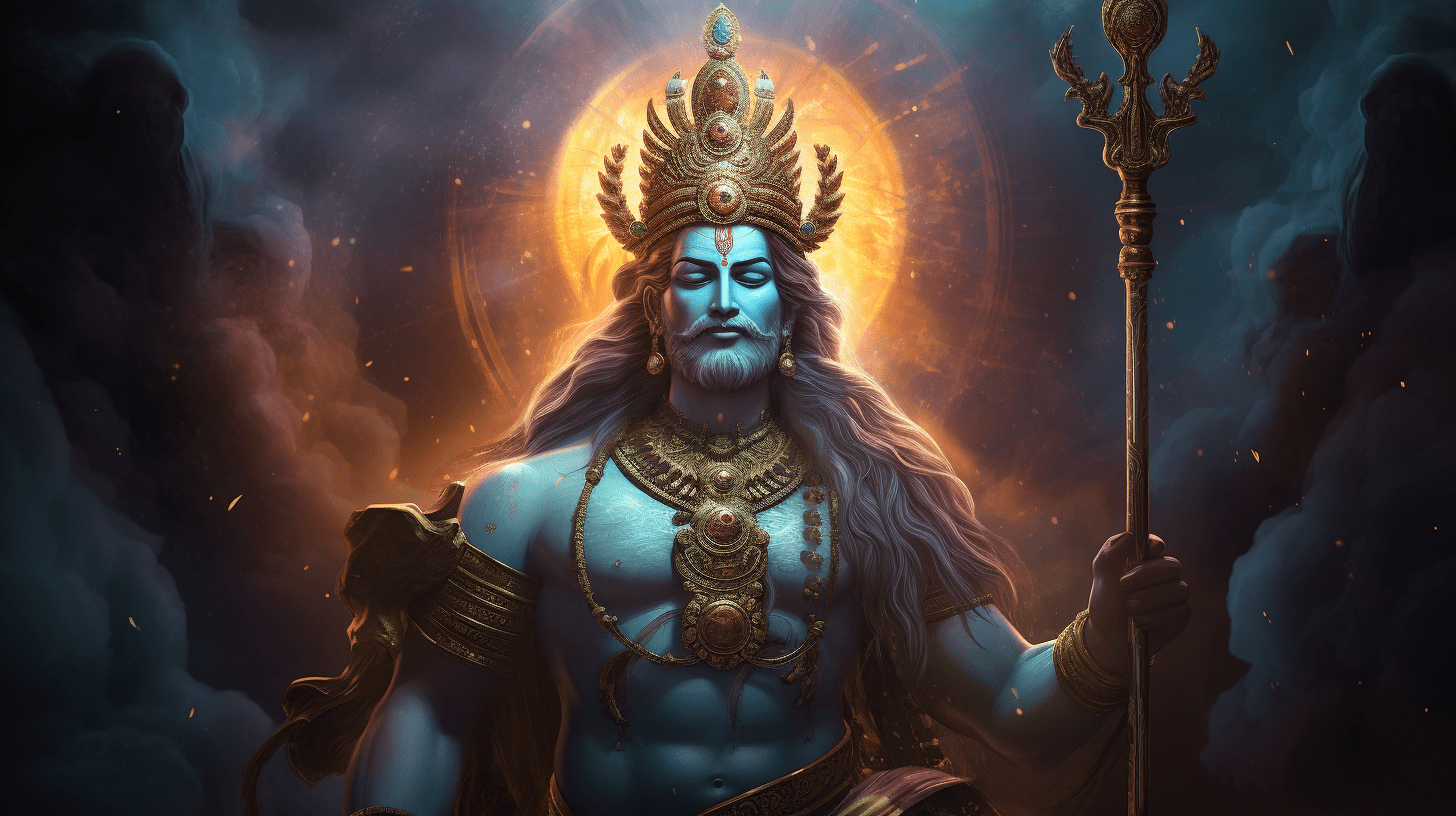
The God of Creation Lord Brahma is one of the most important deities in Hinduism...
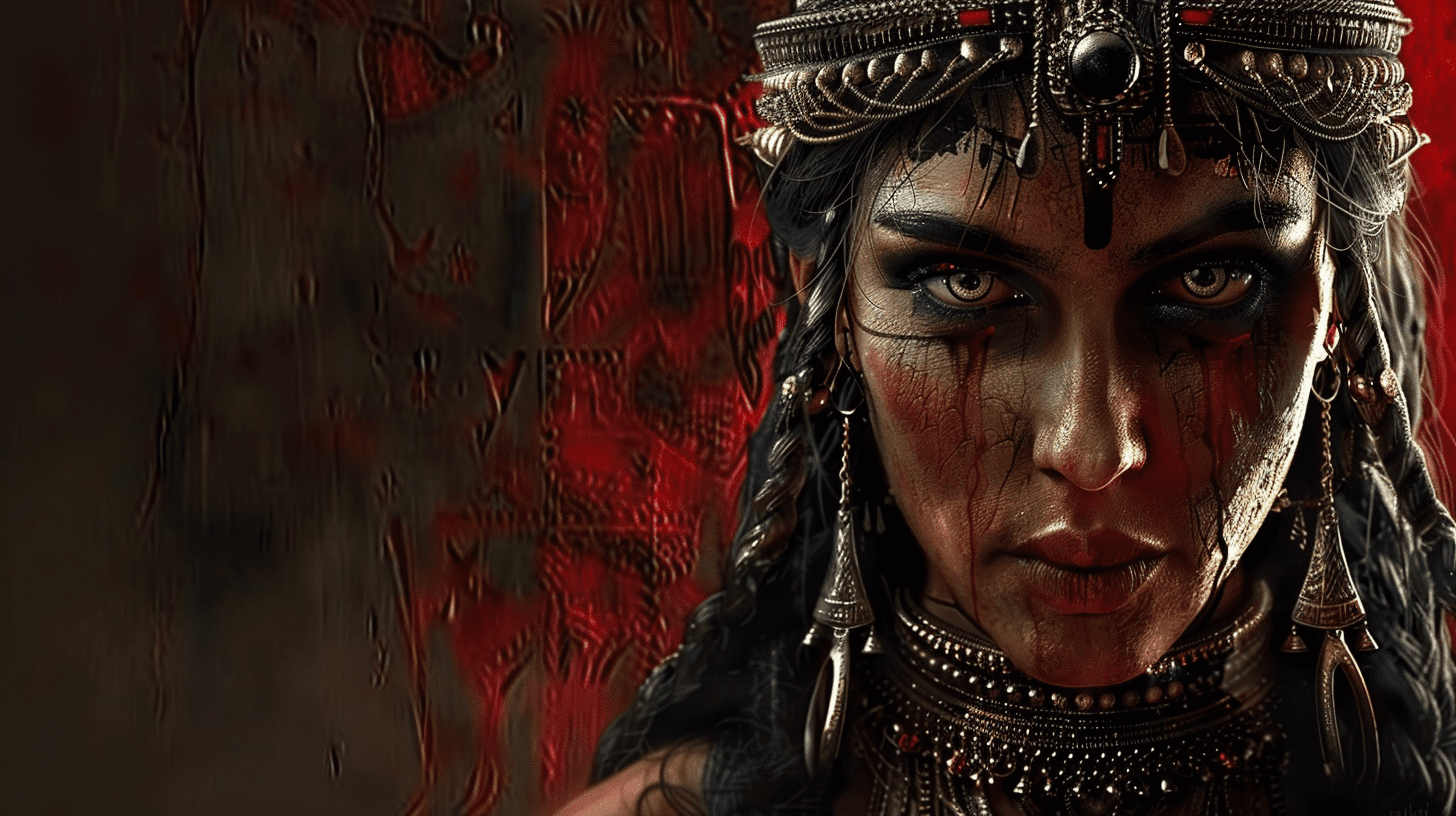
In the vast tapestry of ancient mythology, few figures are as enigmatic and fascinating as...
— ADVERTISEMENT —
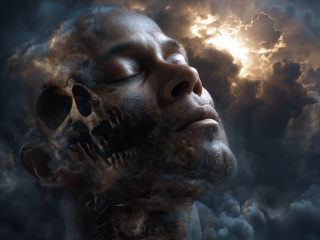
“Death is not the opposite of life, but a part of it.” – Haruki Murakami Across deserts and jungles, icy tundras and lush river valleys, the question has lingered: What happens when we die? Do we vanish into oblivion, awaken in a heavenly realm, or return again and again, spun through the wheel of existence? From the ancient tombs of Egypt to the sacred texts of India, and the oral traditions of indigenous peoples, the human soul has been imagined as a voyager—rising, falling, reborn, or judged. In this journey, we explore the rich tapestry of beliefs about the soul,...

Every great myth contains a moment where the hero, or sometimes the god, steps not only into danger but also into darkness. They descend, often unwillingly, into a world hidden beneath the surface of life itself: the underworld. It is a place of death, but not only that. It is a land of shadows, of memories, and of forgotten truths. Whether it’s the Greek Hades, the Mesopotamian Kur, or the Mesoamerican Mictlan, the underworld is more than a destination—it is a crucible. Those who descend into the underworld rarely return unchanged. And perhaps that’s the point. This is a story...

In the vast tapestry of ancient mythology and religious texts, few figures captivate the imagination quite like Azazel, the enigmatic demon shrouded in mystery and intrigue. Across various cultures and traditions, Azazel has emerged as a symbol of temptation, a scapegoat for human frailty, and a mysterious entity embodying the darker aspects of the human psyche. In this deep-dive exploration, we embark on a journey to uncover the origins, characteristics, and cultural significance of Azazel, delving into the rich tapestry of myth and legend that surrounds this compelling figure. Origins and Mythological Background Azazel’s presence in ancient mythology spans across...
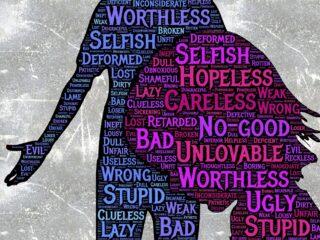
THE FEAR OF CRITICISM It is difficult, if not impossible, to identify how man gained this basic dread, but one thing is certain: he has it in a well-developed form. Some believe that this fear first appeared in man’s consciousness around the time that politics emerged. Others say it can be dated back to the inaugural gathering of a female organization known as a “Woman’s Club.” Another school of humorists attributes the origin to the contents of the Holy Bible, whose chapters are rife with scathing and harsh criticism. If the latter claim is right and people who take literally...
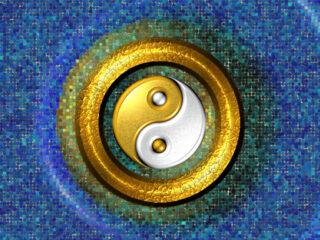
The principles of yin and yang are two opposing elements in Chinese philosophy that complement each other and create a harmonic balance. This equilibrium is thought to be the true natural state of everything, from a person’s mental wellness to the planet’s functioning. It’s a mistake to think of yin and yang as symbols for good and evil; instead, night and day are more acceptable, albeit extremely symbolic, comparisons. The principle underlying it is that everything has an inherent balance between two sets of qualities, one of which is yin and the other is yang. It’s fascinating to consider how...
— ADVERTISEMENT —
We are currently in the middle of a website overhaul, so pages/posts might not look the way we want right now. But, our content is still available for everyone to enjoy.
Sorry for the inconvenience!
We will be fully up and running soon.